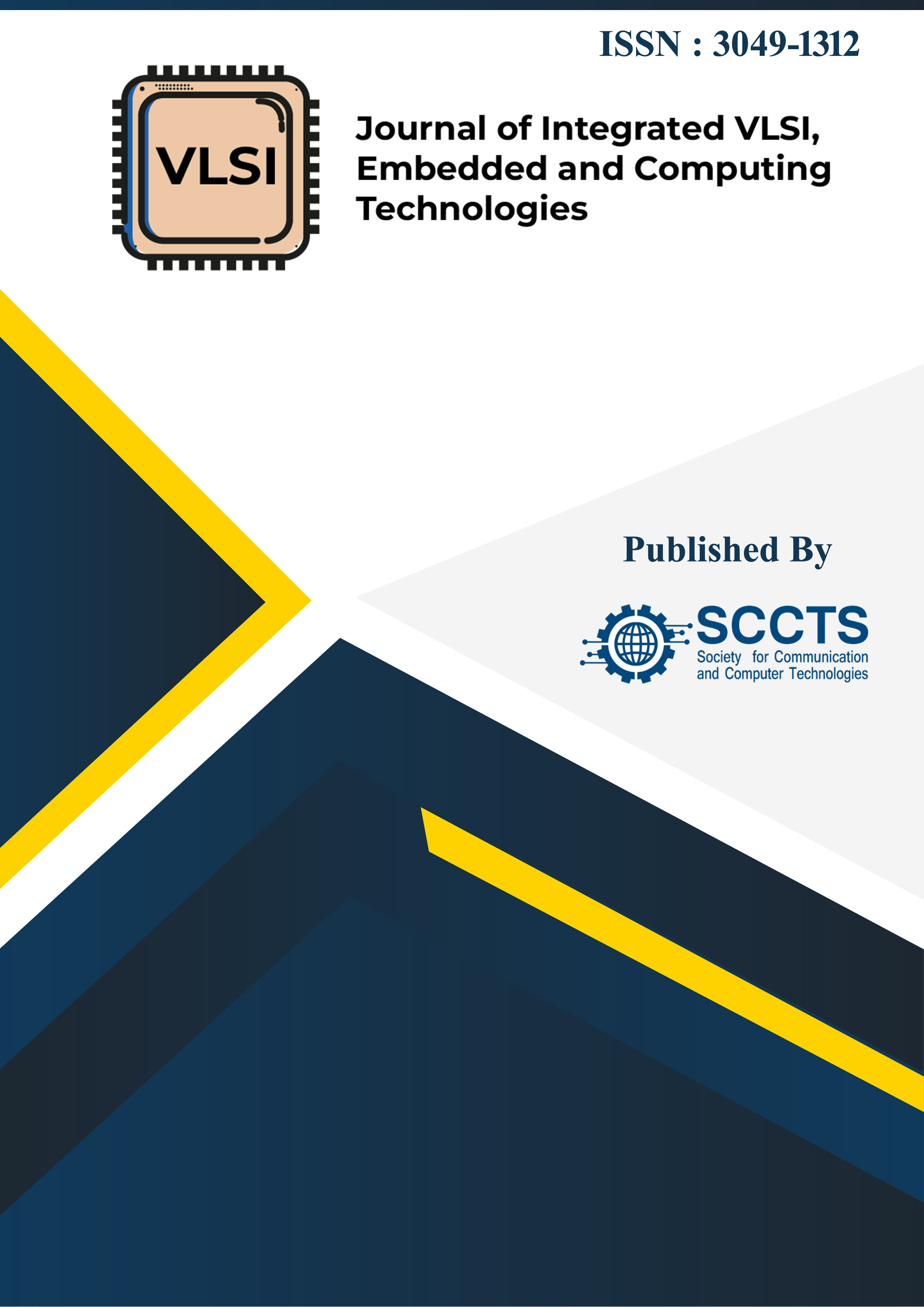Hardware–Software Co-Design of RISC-V Embedded Systems for Ultra-Low-Power IoT Applications
DOI:
https://doi.org/10.31838/JIVCT/03.01.01Keywords:
RISC-V, hardware–software co-design, ultra-low power, embedded systems, IoT, instruction set customization, power optimization, edge computingAbstract
This study intends to solve this challenge by suggesting a hardware-software co-design framework of ultra-low-power embedded systems using the RISC-V open-source architecture. The resulting system goes to extremes to maximize the hardware and software abstractions to satisfy problem-specific energy requirements, all the whilst maintaining efficiency of performance and scalability. The methodology offered consists of customization of instruction sets, hardware-based clock and power gating, and low-level software based technique inside compiler based optimization, sensor-sensitive task scheduling, and memory access improvement. An iterative profiling and tuning of a system can be done in a co-simulation system based on Verilator and Spike. A RISC-V core incurs environmental sensor workloads to validate the experimentally. Design All the co-designers showed an average power consumption of 38% (versus conventional ARM Cortex-M4 baseline), a 46 percent energy efficiency gain per task. Dynamic voltage and frequency scaling (DVFS) is another feature that can support flexibility of varying workloads. The conclusion of this research is that the hardware-software co-design applying RISC-V provides a suitable, extensible, open, and energy-efficient approach to the following-generation IoT devices. It is specially tailored to battery-powered and energy-gathering embedded platforms that can be later applied into the real deployment across smart environments, health, and industrial monitoring.





